dHEDGE Introduces Upgraded DHT Staking V2 Mechanism
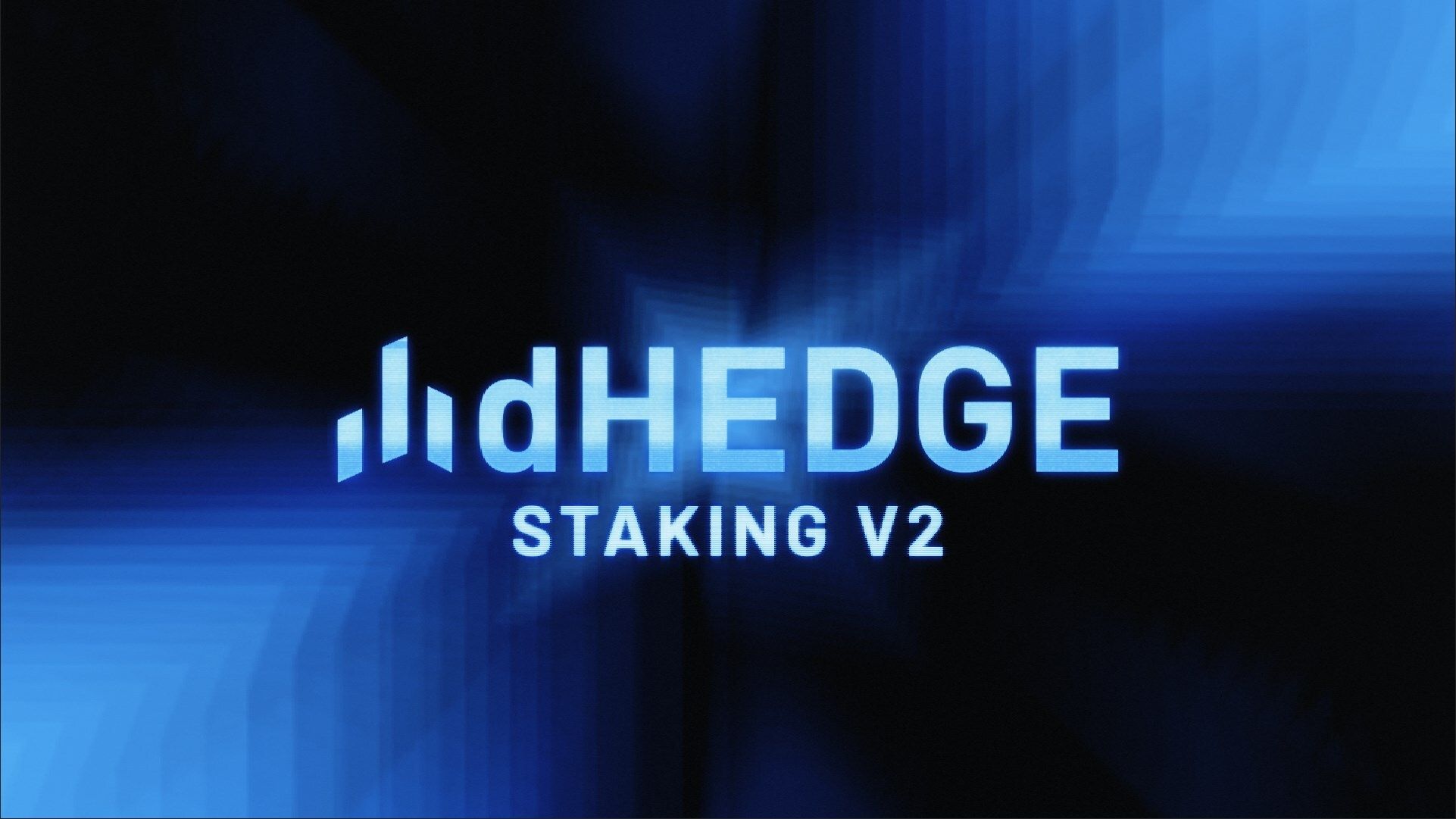
Summary
The dHEDGE DAO has upgraded its DHT staking mechanism, which will require users to pair DHT tokens with dHEDGE vault tokens to create a "staked position". This will allow users to earn governance voting power while also being rewarded for active participation in the protocol.
Staking V2 will be available on Optimism and will amplify returns based on three factors:
- The amount of staked DHT (vDHT)
- The amount of time staked and
- The performance of the dHEDGE vault.
Rewards are realized when the staker decides to "unstake" their position, and the updated interface has calculators to help users optimize their position. Overall, the upgrade aims to increase the utility of DHT tokens and make it more attractive to increase individuals' returns.
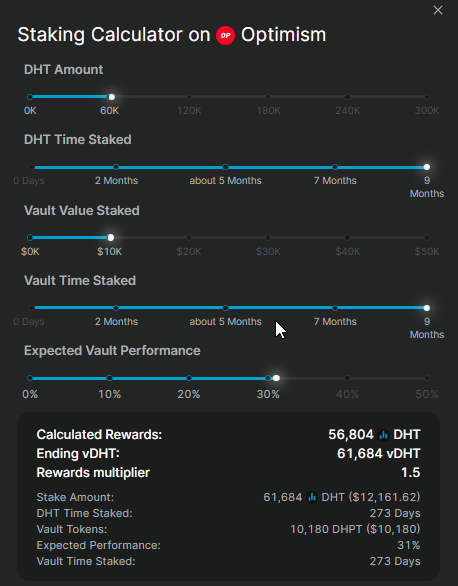
DHT Staking V2
This major upgrade to staking DHT will initially be available on Optimism before rolling out on Polygon. This also represents a migration of governance from Ethereum L1 to L2’s which is consistent with the recent product developments on dHEDGE.
The revised staking mechanism has focused on enabling DHT with two main functions:
- Governance power, and
- A mechanism to reward users for active participation in protocol growth
The fundamental improvement of Staking V2 is the requirement that Staked DHT is now required to be paired with a portion of staked dHEDGE vault tokens, creating a ‘staked position’.
These Staked Positions enable a user to amplify the returns they’re achieving through the vault's performance.
This amplification is achieved by a combination of three factors:
- The amount of staked DHT (vDHT),
- The amount of time staked (Duration Bonus), and
- The performance of the dHEDGE vault (Performance Bonus)
The overall outcome of this new staking program is designed to:
- Improve the utility of the DHT token as a method of boosting users returns,
- Simplify the earning of governance power, and
- Increase the attractiveness of holding DHT to increase returns
An additional feature is that rewards are only realized once the vault tokens are unstaked. Rewards do not accrue cumulatively as per other staking programs. The staker needs to make a claim decision when factors such as vault performance, staked duration and vDHT are ideal to make a claim.
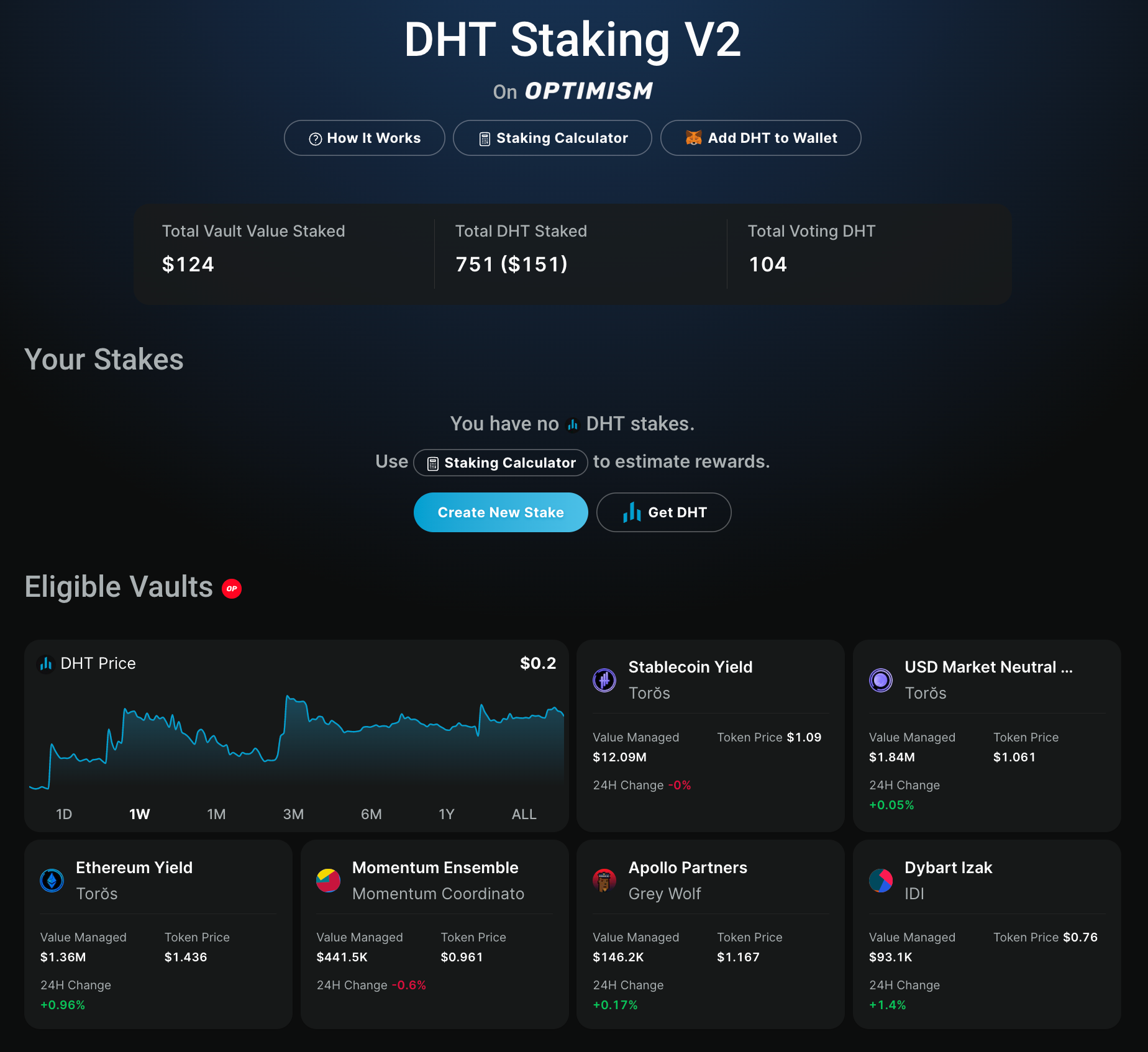
How to receive rewards
To receive DHT rewards, a user is required to stake a portion of DHT tokens and dHEDGE vault tokens. These are ‘paired’ to form a ‘staked position’. This staked position is returned to the staker as a NFT.
To maximize DHT rewards, a position is fully optimized when it:
1. Has been staked for over 9 months
2. The Vaults performance from start of stake has achieved 50% or over
3. Staked DHT(vDHT) is greater than 6 times the initial dollar value of the paired vault tokens. The updated dHEDGE Staking interface features calculators to help users optimize their staked position.
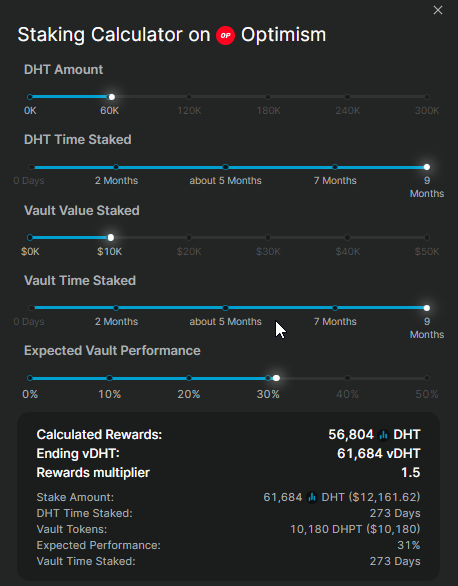
Step by Step
Firstly Stake DHT, then secondly add vault tokens.
dHEDGE Vault tokens are paired with Staked DHT.
Once this staked position is created, three things start happening:
- Staked DHT(vDHT) starts accruing, starting from 0
- The Duration Bonus starts incrementing, starting from 0, and
- Performance Bonus starts tracking, starting from the current vault performance at staking time.
Two bonus factors apply: Performance Bonus, and Duration Bonus
Multiple Staked Positions can be created and tracked in the Staking Portal
Staking rewards are realized when a Staked Position is closed (or ‘unstaked’). Returning the currently eligible DHT rewards to the user. These rewards are tracked constantly in the dHEDGE Staking Portal.
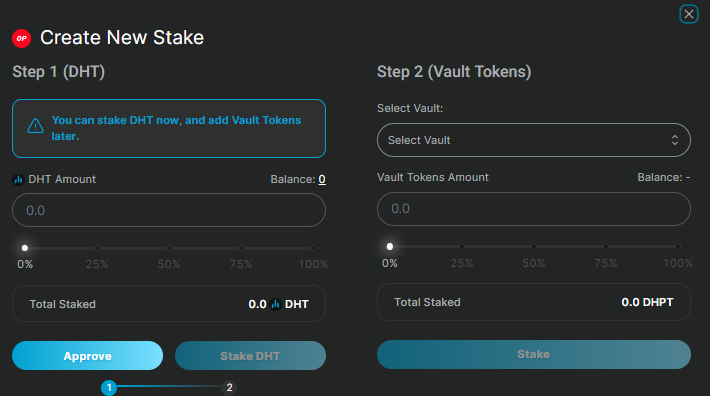
In depth:
vDHT
Once a user opens a staked position via staking DHT with some DHVT, the position begins accruing vDHT (voting DHT) over time.
vDHT accrues linearly over a 9 month period until a maximum amount of vDHT is accrued, equivalent to the number of DHT staked initially.
e.g. 100 DHT is staked at month 0. vDHT accrues from 0 to 100 vDHT after 9 months.
The primary utility of vDHT is for voting as part of dHEDGE governance. It also factors into calculating DHT staking rewards.
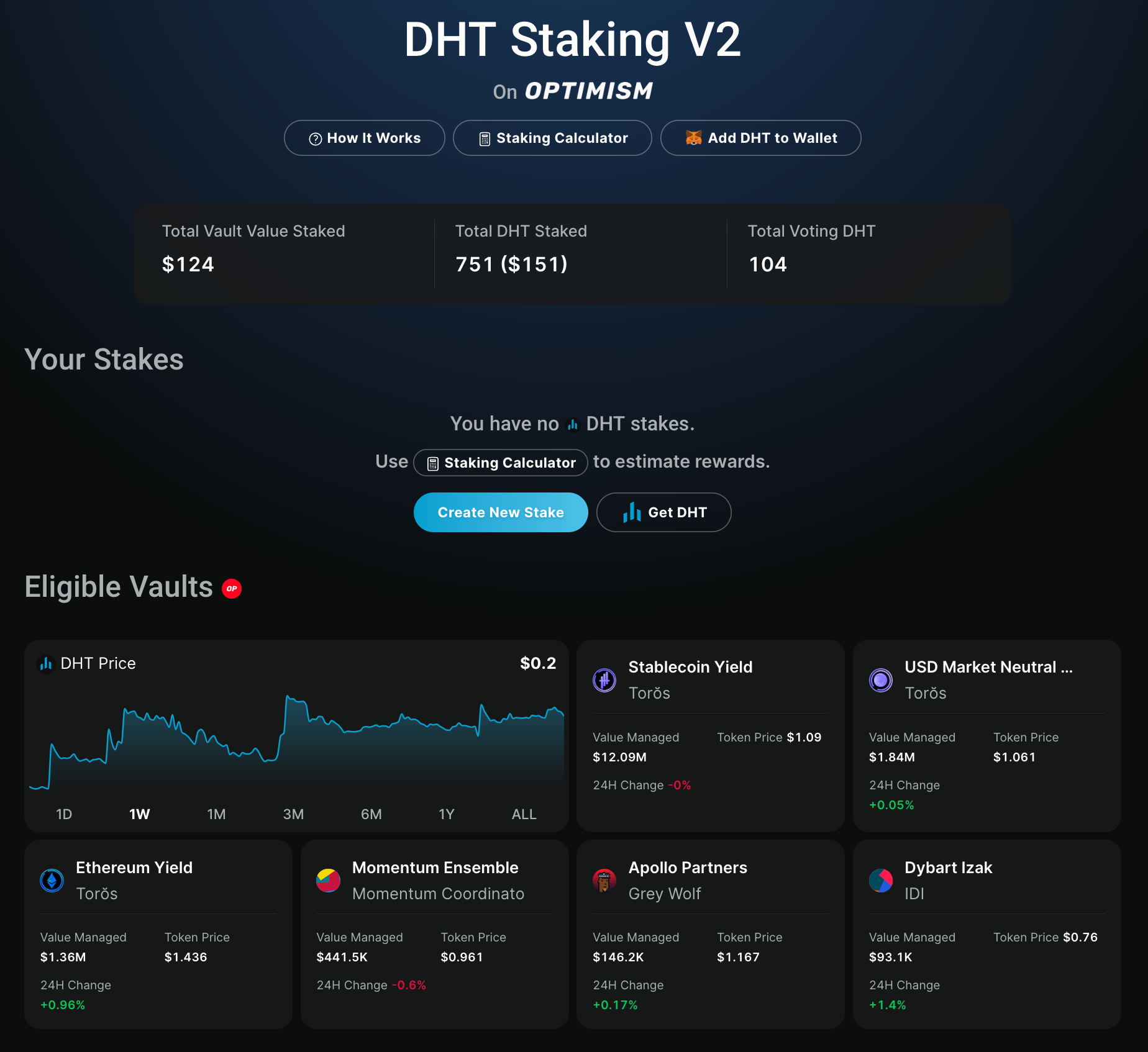
Staking dHEDGE vault tokens
To earn DHT staking rewards a user is required to create a staked position.
A staked position is created when dHEDGE Vault Tokens are staked in a pair with staked DHT. A user can create multiple ‘staked positions’ with different vault tokens, and each one will be represented by an individual NFT (ERC721) - similar to the way UniV3 LP pairs are represented.
The amount of DHT rewards a staked position receives varies with two main factors: the amount of time the position has been staked for (Duration Bonus), and the returns that vault has returned since being staked (Performance Bonus)
- The Duration Bonus is a linearly increasing factor from 0 to 1, which increases with time until maxing out at 9 months.
- The Performance Bonus is a linearly increasing factor from 0 to 1, which increases with the returns of a vault performance (starting from the time it is staked). This maxes out if/when a vault achieves 50% returns. (e.g. 10% pool performance = a Performance Bonus of 0.2. Negative vault performance attracts a 0 Performance bonus, which multiplies out to 0 DHT rewards.
The ratio of vDHT to dHEDGE Vault Tokens is also important. To optimize DHT returns, a staked position must supply a minimum of 6 times vDHT to the initial dollar value of the staked vault tokens. For instance, if staking $1000 worth of Stablecoin Yield, maximum DHT rewards are realized once the staked position accrues 6000 vDHT or more.
In the below equation, S needs to be greater than or equal to 6 for max rewards.
In the case where this ratio decreases, accrued rewards will be reduced by the same ratio.
The Staking Ratio is a linear scale from 0 to 1 which is the ratio of:
S = vDHT / (DHVT * 6)
Therefore:
Total Staking Rewards = S * vDHT * p * t * E
Where:
S = Staking Ratio
vDHT = Voting DHT
p = Performance Bonus
t = Duration Bonus
E = Emissions Rate
The Emissions Rate is variable to control the flow of emissions over time. The default value is 1.0.
However, for the first release of Staking V2 the Emissions rate will be boosted by 50% to 1.5.
Initially there is a cap of staked dHEDGE vault tokens, along with global DHT Staked. Each whitelisted vault also has a separate individual cap. The emissions rate will be lowered to allow these caps to be increased over time.
When dHEDGE Vault Tokens are unstaked, the DHT rewards are calculated and will begin a 7 day linear vest. These can be claimed at any time.
The potential return can be easily calculated by using the integrated calculator:
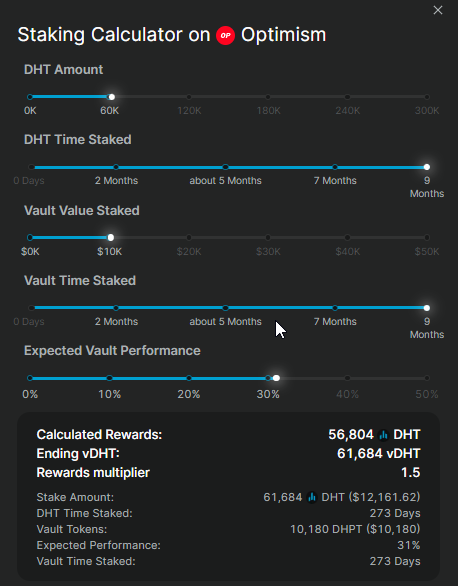
In conclusion:
This upgrade to the dHEDGE DAO's DHT staking mechanism offers exciting new opportunities for users to earn governance voting power and rewards for active participation in the protocol.
The new staking mechanism requires users to pair DHT tokens with dHEDGE vault tokens to create a staked position, which will be available on Optimism and will amplify returns based on the amount of staked DHT, the amount of time staked, and the performance of the dHEDGE vault. With calculators to help optimize staking positions, users can earn rewards and increase their returns. Overall, the upgrade increases the utility of DHT tokens and makes it more attractive to individuals looking to maximize their returns.
More About dHEDGE
dHEDGE is a decentralized asset management protocol connecting the world’s best investment managers with investors on the blockchain in a permission less, non-custodial, trustless fashion. dHEDGE aims to democratize the investing experience leveraging Blockchain technology.
Supported by some of the biggest names in crypto, including Framework Ventures, BlockTower Capital, DACM, Maple Leaf Capital, Cluster Capital, Lemniscap, LD Capital, IOSG Ventures, NGC Ventures, Bitscale Capital, Divergence Ventures, Genblock Capital, Trusted Volumes, Altonomy, Continue Capital, The LAO, bitfwd (比特未来) and Loi Luu, Co-Founder and CEO of Kyber Network,
